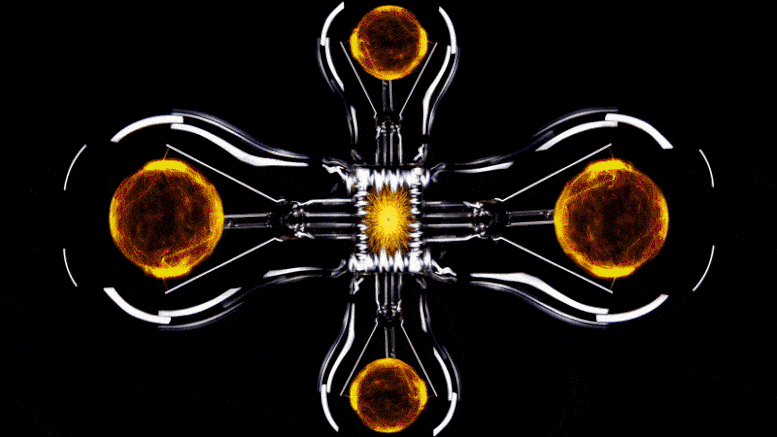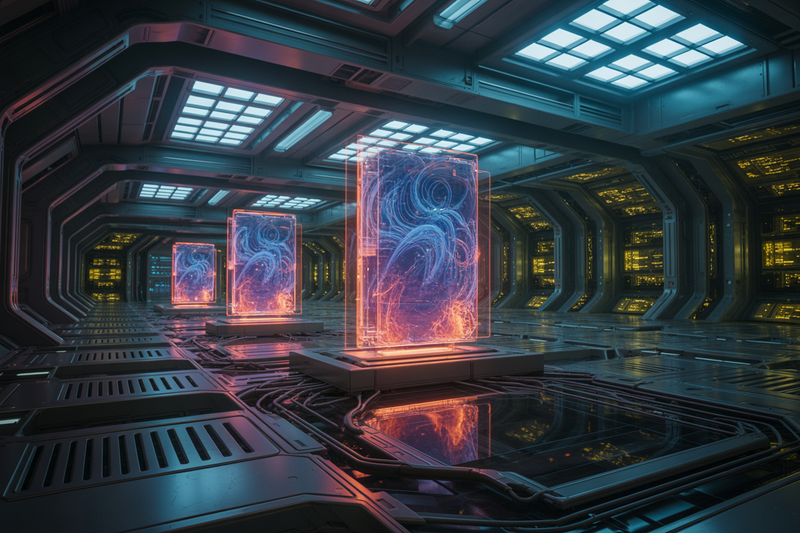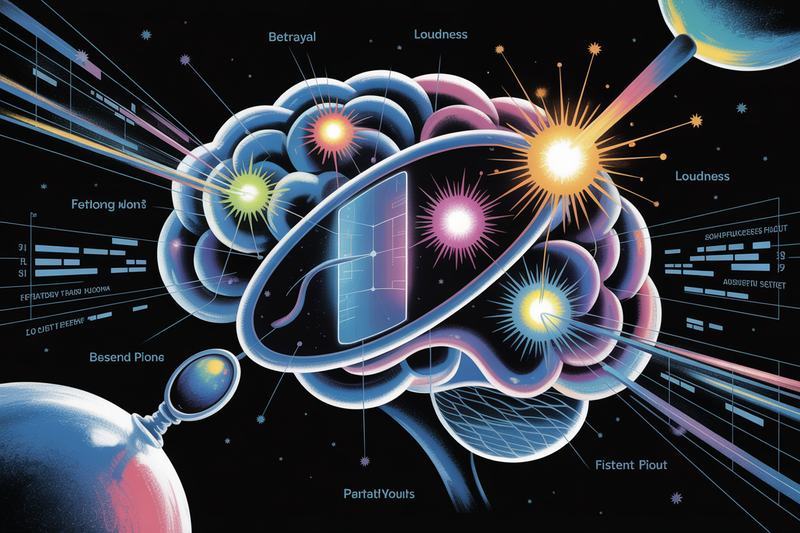Quantum Entanglement Breaks Boundaries: A Leap Forward for Computing and Cryptography
Scientists at ETH Zurich have made a groundbreaking discovery, confirming that quantum objects can exhibit much stronger correlations over large distances than previously thought possible in conventional systems. Remarkably, the team used superconducting circuits to demonstrate this, a first in the field. The research team, led by Andreas Wallraff, Professor

Scientists at ETH Zurich have made a groundbreaking discovery, confirming that quantum objects can exhibit much stronger correlations over large distances than previously thought possible in conventional systems. Remarkably, the team used superconducting circuits to demonstrate this, a first in the field.
The research team, led by Andreas Wallraff, Professor of Solid State Physics at ETH Zurich, conducted a loophole-free Bell test. This test was designed to challenge the concept of "local causality" as proposed by Albert Einstein. Their results indicated that distant quantum objects could exhibit stronger correlations than those in conventional systems, lending further support to the principles of quantum mechanics. This is significant because superconducting circuits are currently a front-runner in the race to develop powerful quantum computers.
The Bell test, named after British physicist John Bell who proposed the experiment in the 1960s, was intended to clarify whether the principles of quantum mechanics, which contradict our everyday understanding of the world, were indeed accurate. Einstein, in contrast, held that the conventional concepts of causality would also be applicable on a quantum level.
Subsequent Bell tests over the years, including the first practical one conducted by John Francis Clauser and Stuart Freedman in the early 1970s, have consistently shown violation of Bell’s inequality, pointing towards the validity of quantum mechanics over Einstein's concept of local causality.
Wallraff's team confirmed these results with a novel experiment, making the first-ever loophole-free Bell test using superconducting circuits. This provided evidence that these circuits also function according to quantum laws, despite being substantially larger than typical quantum objects such as photons or ions.
Beyond theoretical implications, this breakthrough has practical applications. "Modified Bell tests can be used in cryptography, for instance, to demonstrate that information is actually being transmitted in encrypted form," explains Simon Storz, a doctoral student in Wallraff’s group. "Our approach enables us to prove much more efficiently that Bell’s inequality is violated, making it particularly interesting for practical applications."
The experimental setup was complex and required precise conditions. For a loophole-free Bell test, it is crucial to ensure no information exchange occurs between the two entangled circuits before quantum measurements are complete. This necessitated the experiment to be conducted in a vacuum near absolute zero, over a distance of 33 meters, determined as the shortest distance for a successful test.
After conducting over a million measurements, the researchers conclusively demonstrated that Bell’s inequality was violated in their experimental setup, confirming that quantum mechanics allows for non-local correlations in macroscopic electrical circuits. This opens up exciting possibilities in distributed quantum computing and quantum cryptography.
The project, which was funded by an ERC Advanced Grant over six years, was not without challenges. "Just cooling the entire experimental setup to a temperature close to absolute zero takes considerable effort," Wallraff says. However, the success of this project suggests the potential to build facilities that overcome even greater distances, connecting superconducting quantum computers over vast distances.




